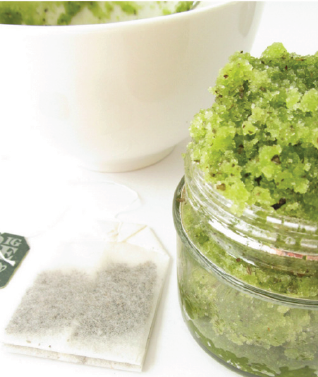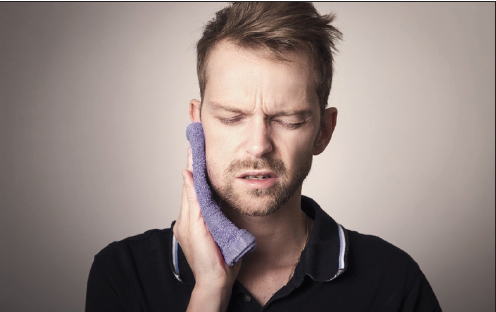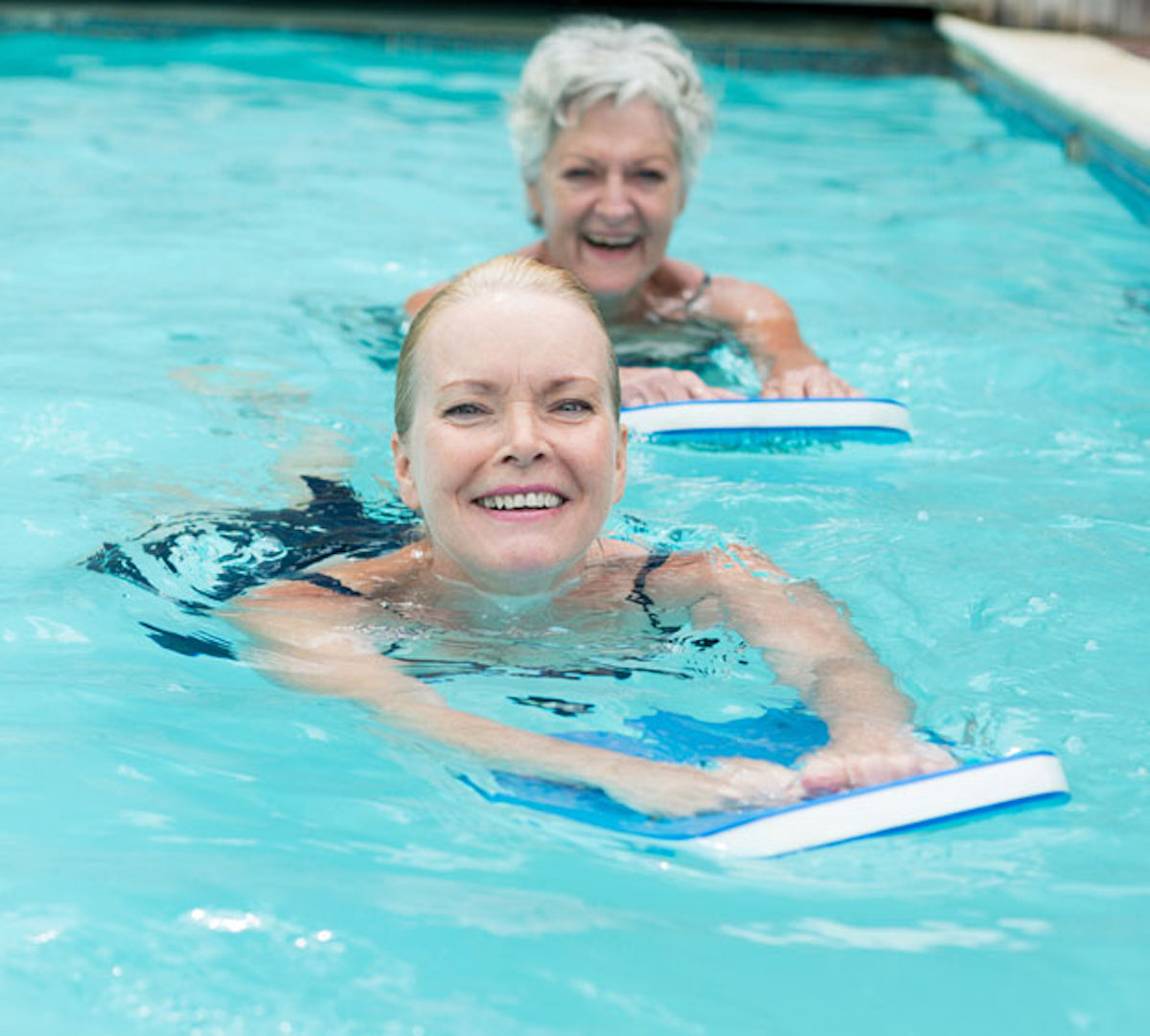Body scrubs usually come in the form of pastes containing an abrasive substance, such as salt or sugar, and a binding ingredient, such as an oil. As they consist of simple products, people can often make DIY body scrubs at home using everyday ingredients.
Body scrubs can be useful for removing dead skin cells, smoothing the skin’s surface, and adding moisture. However, as they are abrasive, it is best not to use them on sensitive, damaged, inflamed, or itchy skin.
Why use body scrubs?
Body scrubs are mechanical exfoliants, meaning they physically remove dead skin cells from the top layer of the skin. For some, this helps smooth the skin and improve its appearance.
Other methods of mechanical exfoliation include:
dry skin brushing
using a loofah
using face cloths
Scrubs can be advantageous over other methods. By making them at home, people can customize them for their needs, adjusting how abrasive they are.
For example, those who prefer a more gentle scrub may choose a finely-ground powder as the base, while individuals with dry skin can add hydrating oils.
However, body scrubs are not suitable for everyone. The American Academy of Dermatology says that mechanical exfoliation can irritate dry or sensitive skin. Aggressive scrubbing can also worsen acne and may cause dark spots in people with darker skin tones.
How to make a DIY body scrub
To make a body scrub at home, people need the following tools:
a clean bowl
a spoon and spatula
a manual or electric whisk
measuring devices such as spoons or cups
pipettes for adding colors or fragrances
The basic ingredients for most DIY body scrubs include:
an exfoliant, such as sugar or salt
something to bind it together, such as almond oil or honey
essential oils or fragrance, although these are optional
People can use the following as a basic template for making a DIY body scrub:
1 part oil
2–3 parts exfoliant, depending on the substance a person uses and the desired texture
10–15 drops of essential oil, if required
Simply combine the ingredients in a bowl, then store them in an airtight container.
Recipe for green tea and honey scrub
If a person prefers not to use oils in their scrub, honey can be a suitable alternative. Some types of honey are antimicrobial, which may have benefits for skin health and the scrub itself, as it can reduce bacteria growth.
The polyphenols in green tea can also make it a good addition to skin care products, as they may help protect the skin from UV light damage. It also contains epigallocatechin-3-gallate, an antioxidant with antimicrobial and anti-inflammatory properties.
Ingredients:
a three-quarter cup of sugar
1 tablespoon of loose green tea
1 tsp of matcha tea powder
runny honey
6 drops of lemon or bergamot essential oil (optional)
Method:
- Add the sugar, loose leaf tea, and matcha tea to a mixing bowl. Stir together to combine.
- Begin drizzling in the honey gradually while stirring the mixture. Stop adding honey when the scrub has the right texture.
- Add a few drops of lemon essential oil if required and mix again.
- Spoon the scrub into an airtight container.
However, note that citrus essential oils can irritate certain people’s skin. If this could be an issue, leave out this ingredient or swap for grated lemon zest.
How to use body scrubs safely
The first step to using DIY body scrubs safely is by conducting a patch test. This involves applying a small amount of the product to a small area of skin and washing it off.
If the skin shows no reaction after 24–48 hours, the product may be safe to use.
To use a DIY body scrub in the bath or shower, follow these steps:
- Dampen the skin with water.
- Apply the body scrub using small, circular motions for 30 seconds.
- Wash off with lukewarm water.
- Pat the skin dry with a clean towel. Rubbing may remove some of the oils left on the skin.
If the skin feels dry or tight after use, apply a moisturizer. Should the scrub trigger any redness, irritation, or other adverse reactions, rinse it off thoroughly with a gentle cleanser and do not use it again.
People should not use body scrubs of any kind if they have:
broken or bleeding skin
burns or sunburn
eczema or psoriasis
acne
Wherever possible, individuals should speak with a doctor if they have persistent skin concerns or symptoms.
DIY body scrubs can be an inexpensive way to exfoliate the skin, and people can often make them at home with everyday ingredients. Adding extra ingredients, such as essential oils, can also make using body scrubs a relaxing experience.
Sources: https://www.medicalnewstoday.com/articles/diy-body-scrub?
Acne: Tips for managing. (n.d.).
https://www.aad.org/public/diseases/acne/skin-care/tips
Byun, S.-Y., et al. (2015). Efficacy of slimming cream containing 3.5% water-soluble caffeine and xanthenes for the treatment of cellulite: Clinical study and literature review.
https://www.ncbi.nlm.nih.gov/pmc/articles/PMC4466275/
Frasheri, L., et al. (2020). Great green tea ingredient? A narrative literature review on epigallocatechin gallate and its biophysical properties for topical use in dermatology.
https://onlinelibrary.wiley.com/doi/full/10.1002/ptr.6670
How to safely exfoliate at home. (n.d.).
https://www.aad.org/public/everyday-care/skin-care-secrets/routine/safely-exfoliate-at-home
McLoone, P., et al. (2016). Honey: A therapeutic agent for disorders of the skin.
https://www.ncbi.nlm.nih.gov/pmc/articles/PMC5661189/
Roh, E., et al. (2017). Molecular mechanisms of green tea polyphenols with protective effects against skin photoaging [Abstract].
https://www.tandfonline.com/doi/abs/10.1080/10408398.2014.1003365
Exclusive content from CARE magazine








